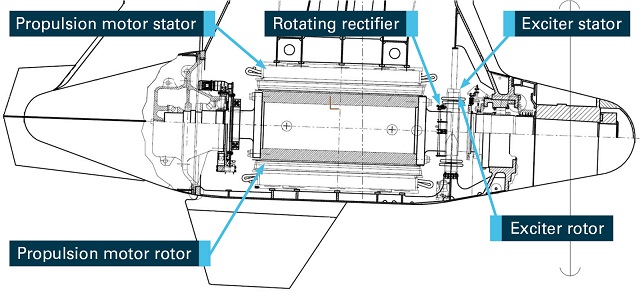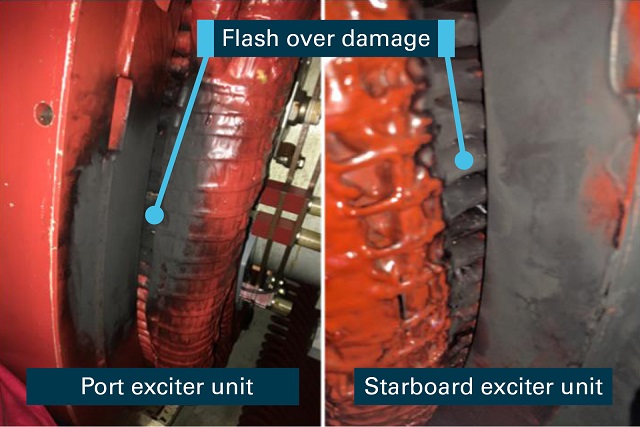Report: Cruise Ship Adrift After Earlier Failure Not Rectified
The Australian Transport Safety Bureau (ATSB) has released the final investigation report into the loss of propulsion on Norwegian Star in Bass Strait on February 10, 2017 citing the need for extra diligence given the circumstances prior to the incident.
She departed Melbourne on February 9 on a scheduled cruise to Dunedin, New Zealand. There were 2,113 passengers and 1,017 crew on board. On departure, the starboard propulsion unit was operational following its recent repair, and the port propulsion unit was under repair following its failure on January 24. This meant that the ship was operating only with the starboard propulsor. Shortly after entering Bass Strait, the starboard propulsion unit failed, leaving the ship without propulsion and drifting about 22 nautical miles south west of Cape Liptrap, Victoria. Inspection found arcing and pitting damage on the outer slipring of the modified exciter unit, and propulsion could not be restored.
Norwegian Star was disabled and drifting in an approximately north-north-easterly direction in about 75-meter depth of water. The wind at that time was from the south-east at about five knots, the sea condition was slight and the swell about one meter from the south-west. The current was negligible. The ship’s bow thrusters were used to maneuver the ship’s head into the wind, reducing the rate of drift to about one knot. She was assisted by tugs and towed back to Melbourne that day.
The ATSB found that Norwegian Star lost function of its starboard propulsion as a result of the failure of the recently repaired starboard exciter. The configuration of the exciter unit had been modified as part of its repair, and the unit failed as a result of an error in the design of the modification. Insufficient clearance had been provided to allow for movement and thermal expansion of components during the unit’s operation. This error was not detected during the design, installation and trialing of the modified exciter unit.

The need for the repair of the starboard exciter unit had followed its failure on December 11, 2016. The failure of the unit in its original (as-built) configuration, and the subsequent failure of the original port exciter unit on January 24, were both probably due to a breakdown in electrical insulation. Processes for the monitoring of exciter unit condition were ineffective in detecting deterioration prior to unit failure.

The ship operator’s decision to sail from Melbourne with only the starboard propulsion unit did not breach any regulatory requirement and was based on confidence in the reliability of the repaired starboard unit. While the repaired exciter was of proven design concept, the detailed design specific to this propulsion system application had not previously been used in-service.
The ATSB report notes that the decision to sail from Melbourne with only one operational propulsion unit was not in breach of any regulatory requirement, but reminds ship operators and equipment manufactures of the need for extra diligence when designing, installing and operating newly designed safety critical equipment without redundancy.
